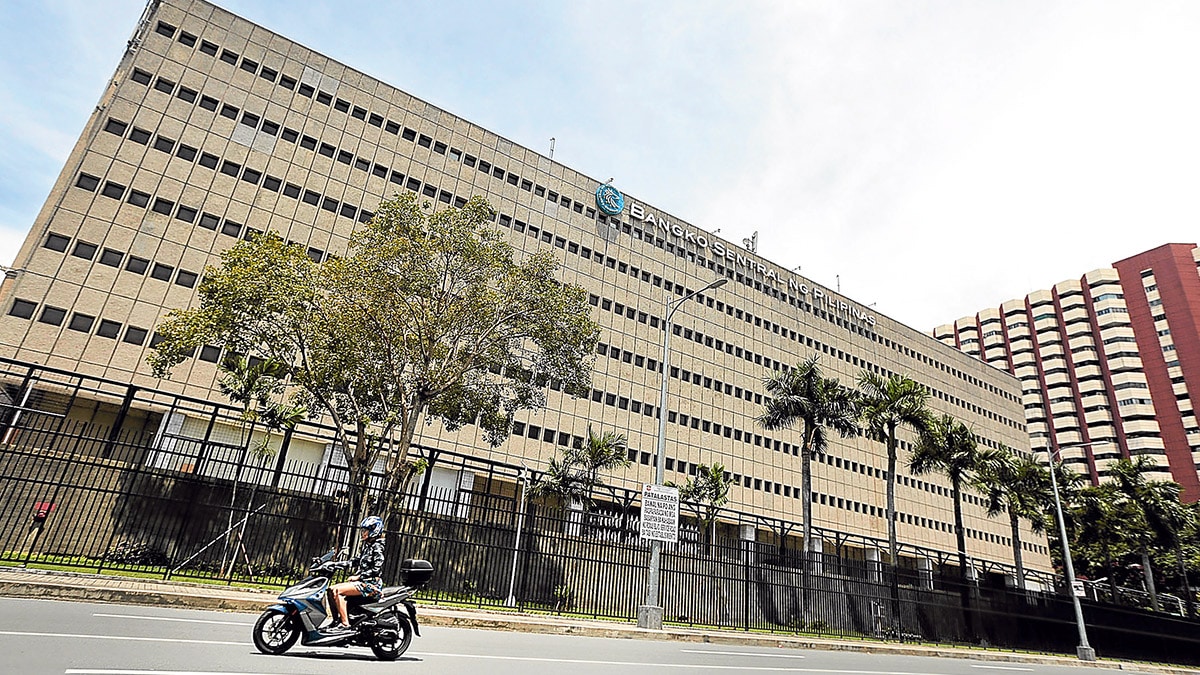Job-generating foreign direct investments (FDI) in the Philippines dipped to their lowest level in more than four years in September, as the still elevated interest rate environment and persistent geopolitical risks continued to weigh on investor sentiment.
Latest data from the Bangko Sentral ng Pilipinas (BSP) showed FDIs posted a net inflow of $368 million in September, a 36.2-percent contraction compared with a year ago.
Unlike the so-called “hot money” that leaves markets at the first sign of trouble, FDIs are firmer capital inflows that create jobs for people. That said, the government wants existing FDIs to stay, while attracting new ones.
READ: PH emerges as hot spot for RE investments
READ: BOI-approved investments surged 44% to P1.58T in 11 months
A net inflow means more of this foreign capital entered the country against those that left during a period. While such was the case in September, data showed this was the lowest net inflow recorded since April 2020, or at the height of the great Covid-19 lockdowns.
This, in turn, brought the nine-month FDIs to $6.7 billion, still far from the $10-billion net inflow projection of the BSP for 2024.
John Paolo Rivera, senior research fellow at state-run think tank Philippine Institute for Development Studies (PIDS), said higher borrowing costs as a result of the last global tightening cycle continued to curb business expansion plans around the world.
Rivera also blamed “heightened” geopolitical tensions for the FDI slump, as such developments can push up demand for safe-haven investments in advanced economies.
”Persistently high global interest rates, led by the US Federal Reserve, have made emerging market investments like the Philippines less attractive,” Rivera said.
“Investors often prefer safe-haven assets in advanced economies under these conditions. Heightened geopolitical tensions and economic uncertainties may have also further dampened investor confidence globally,” he added.
‘Slight improvement’
Data broken down showed equity capital placements—a gauge of new FDIs—sagged by 53.4 percent year-on-year to $82 million in September. This, while foreign capital amounting to $75 million left the country during the month, albeit down by 19.7 percent.
That yielded a net equity capital flow of $7 million, down by 91.2 percent.
Meanwhile, intercompany borrowings between multinational companies and their Philippine units—which accounted for the bulk of FDIs—collapsed by 32.8 percent to $277 million.
But reinvestment of earnings stayed in growth mode after picking up by 3.6 percent to $84 million.
Moving forward, PIDS’s Rivera said the upcoming months could see “slight improvement” in FDIs, supported by holiday-driven spending and potential optimism about 2025 growth prospects.
“Recent government efforts to streamline investment processes and promote flagship programs may help attract interest. However, the persistence of high interest rates globally and in the Philippines may continue to weigh on FDI inflows,” he said.
